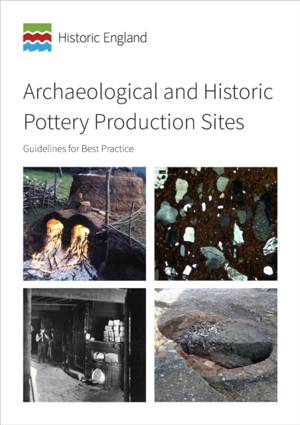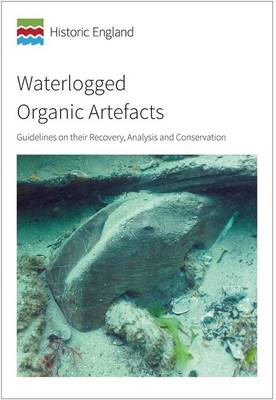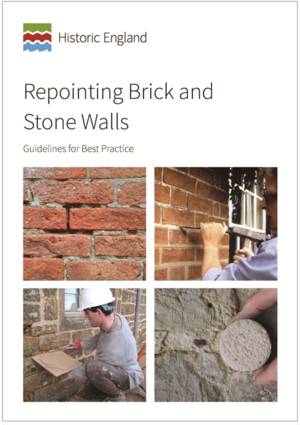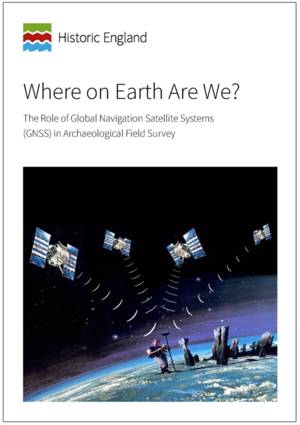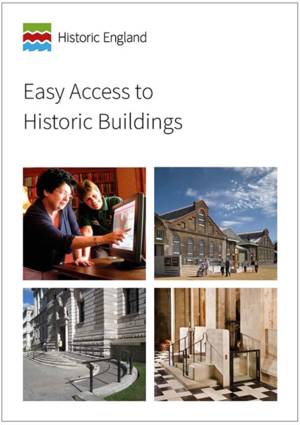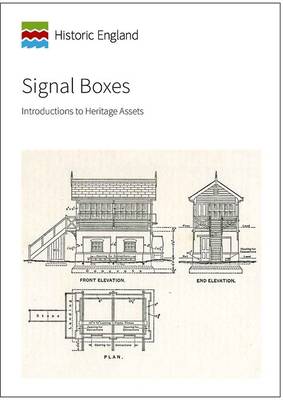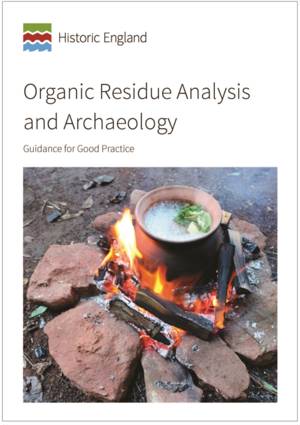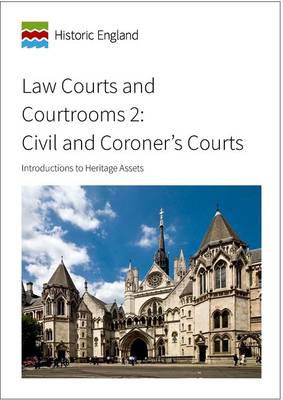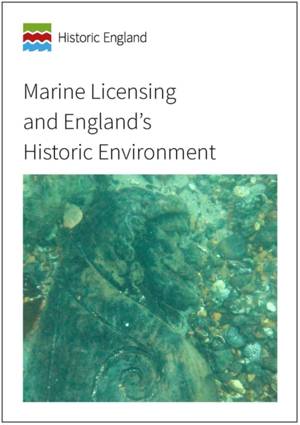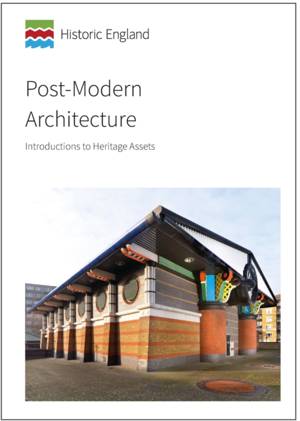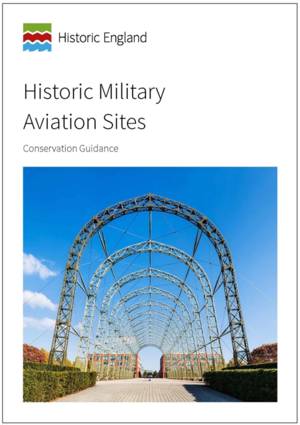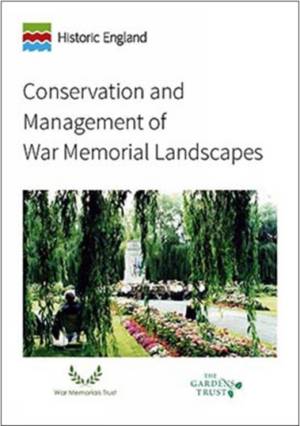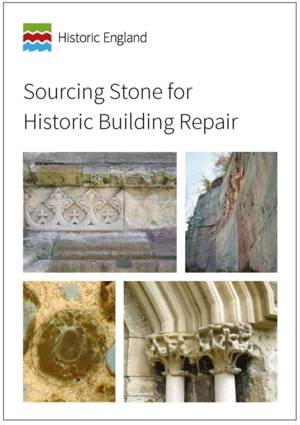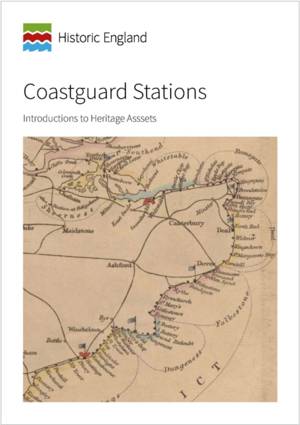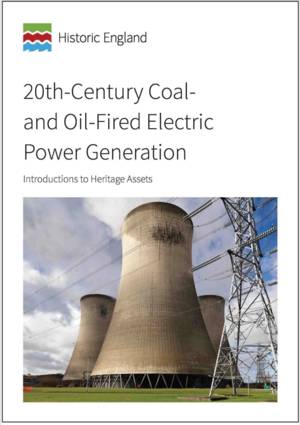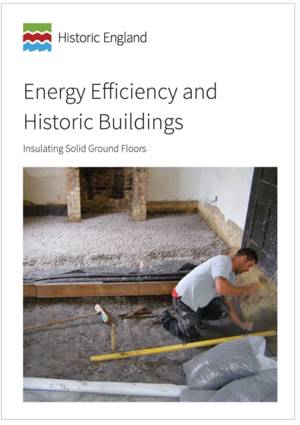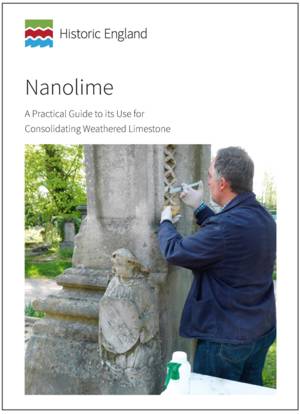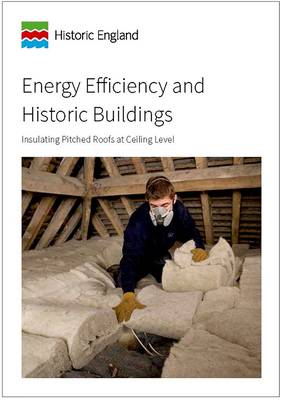
- Retrait en 2 heures
- Assortiment impressionnant
- Paiement sécurisé
- Toujours un magasin près de chez vous
- Retrait gratuit dans votre magasin Club
- 7.000.0000 titres dans notre catalogue
- Payer en toute sécurité
- Toujours un magasin près de chez vous
Séries : livres de la série Historic England Guidance
-
Mineralised Plant and Invertebrate Remains
- Livre broché | Anglais | Historic England Guidance
- This photographic guide will assist scientists working with archaeological plant or insect remains in the identification of calcium-phosphate replaced... Savoir plus
122,45 €Livraison 2 à 3 semaines122,45 €Livraison 2 à 3 semaines -
Preserving Archaeological Remains
Jim Williams, Claire Howarth, Ian Panter, Glyn Davies
- Livre broché | Anglais | Historic England Guidance
- This advice is for developers, owners, archaeologists and planners working on projects where the intention is to retain and protect archaeological sit... Savoir plus
13,95 €Livraison 1 à 2 semaines13,95 €Livraison 1 à 2 semaines -
Archaeological and Historic Pottery Production Sites
- Livre broché | Anglais | Historic England Guidance
- This document provides practical guidance on how to investigate sites where pottery production has taken place. It describes how to anticipate and loc... Savoir plus
27,95 €Livraison 1 à 2 semaines27,95 €Livraison 1 à 2 semaines -
Waterlogged Organic Artefacts
Angela Karsten, Karla Graham, Quita Mould, Penelope Walton Rogers
- Livre broché | Anglais | Historic England Guidance
- The preservation of waterlogged organic materials has transformed our understanding of the historic environment. Their study involves the collaboratio... Savoir plus
27,95 €Livraison 1 à 2 semaines27,95 €Livraison 1 à 2 semaines -
Repointing Brick and Stone Walls
David Pickles
- Livre broché | Anglais | Historic England Guidance
- The appearance of brick and stone masonry owes as much to the character of the mortar joints as to the stone and bricks themselves. Unsuitable repoint... Savoir plus
27,95 €Livraison 1 à 2 semaines27,95 €Livraison 1 à 2 semaines -
Where on Earth Are We?
- Livre broché | Anglais | Historic England Guidance
- This is a revised version of the 2003 edition of this guidance document. It takes into account developments in technology that have occurred during th... Savoir plus
13,95 €Livraison 1 à 2 semaines13,95 €Livraison 1 à 2 semaines -
Easy Access to Historic Buildings
Ann Sawyer
- Livre broché | Anglais | Historic England Guidance
- These guidelines focus on physical access issues because these often pose the greatest challenges as well as opportunities for historic buildings. Oth... Savoir plus
27,95 €Livraison 1 à 2 semaines27,95 €Livraison 1 à 2 semaines -
Signal Boxes
John Minnis
- Livre broché | Anglais | Historic England Guidance
- We have a rich heritage of railway buildings, some over 180 years old. This guide gives an overview of one of the most distinctive types, the signal b... Savoir plus
13,95 €Livraison 1 à 2 semaines13,95 €Livraison 1 à 2 semaines -
Organic Residue Analysis and Archaeology
Julie Dunne
- Livre broché | Anglais | Historic England Guidance
- This document provides guidance for good practice in the recovery, analysis and publication of organic residues from archaeological sites. It has been... Savoir plus
27,95 €Livraison 1 à 2 semaines27,95 €Livraison 1 à 2 semaines -
Mechanics' Institutes
Ian West
- Livre broché | Anglais | Historic England Guidance
- This introduction sets out the origins and evolution of the mechanics institute, a nineteenth century phenomenon, emerging from the 1820s and continui... Savoir plus
13,95 €Livraison 1 à 2 semaines13,95 €Livraison 1 à 2 semaines -
Law Courts and Courtrooms 2: Civil and Coroner's Courts
Allan Brodie, Mary Brodie
- Livre broché | Anglais | Historic England Guidance
- Civil courts were originally part of the Assizes from the Middle Ages onwards, but to seek a remedy at these courts for a debt was a costly and time-c... Savoir plus
13,95 €Livraison 1 à 2 semaines13,95 €Livraison 1 à 2 semaines -
Marine Licensing and England's Historic Environment
- Livre broché | Anglais | Historic England Guidance
- This advice is aimed at members of the general public and those wishing to undertake a project directed at an archaeological or historic site in Engla... Savoir plus
13,95 €Livraison 1 à 2 semaines13,95 €Livraison 1 à 2 semaines -
Energy Efficiency and Historic Buildings
- Livre broché | Historic England Guidance
- Historic England supports the Government's aims to improve the energy efficiency of existing buildings through Part L of the Building Regulations. Savoir plus
27,95 €Livraison 1 à 2 semaines27,95 €Livraison 1 à 2 semaines -
Post-Modern Architecture
Geraint Franklin
- Livre broché | Anglais | Historic England Guidance
- Post-Modernism is a movement and a style prevalent in architecture between about 1975 and 1990. It is characterised by its plurality, engagement with ... Savoir plus
13,95 €Livraison 1 à 2 semaines13,95 €Livraison 1 à 2 semaines -
Historic Military Aviation Sites
Billy Hurley Reading, Will Holborow, Jeremy Lake, Veronica Fiorato, Wayne D Cocroft, Alisa Moss
- Livre broché | Anglais | Historic England Guidance
- This guidance is intended to promote the appreciation of historic military airfields and their associated buildings, so that their significance is pro... Savoir plus
13,95 €Livraison 1 à 2 semaines13,95 €Livraison 1 à 2 semaines -
Conservation and Management of War Memorial Landscapes
Jennifer White
- Livre broché | Anglais | Historic England Guidance
- War memorials are important features of our cities, towns and villages. In the aftermath of the war many communities, families and individuals also ch... Savoir plus
27,95 €Livraison 1 à 2 semaines27,95 €Livraison 1 à 2 semaines -
The Maintenance and Repair of Traditional Farm Buildings
David Pickles, Jeremy Lake
- Livre broché | Anglais | Historic England Guidance
- Traditional farmsteads and farm buildings make an important contribution to the remarkably varied character of England's landscape. They are fundament... Savoir plus
27,95 €Livraison 1 à 2 semaines27,95 €Livraison 1 à 2 semaines -
Sourcing Stone for Historic Building Repair
David Jefferson, Alison Henry
- Livre broché | Anglais | Historic England Guidance
- This Technical Advice Note is aimed at architects, surveyors, engineers, building managers, contractors, conservation officers and owners who need to ... Savoir plus
13,95 €Livraison 1 à 2 semaines13,95 €Livraison 1 à 2 semaines -
Coastguard Stations
Joanna Smith
- Livre broché | Anglais | Historic England Guidance
- Since Roman times structures have watched over England's shore and coastal waters to prevent smuggling, to co-ordinate assistance to ships in distress... Savoir plus
25,95 €Livraison 1 à 2 semaines25,95 €Livraison 1 à 2 semaines -
20th-Century Coal- And Oil-Fired Electric Power Generation
Jonathan Clarke
- Livre broché | Anglais | Historic England Guidance
- This short guide provides an introduction to the history and development of buildings associated with C20 coal- and oil-fired power stations. It is in... Savoir plus
13,95 €Livraison 1 à 2 semaines13,95 €Livraison 1 à 2 semaines -
Energy Efficiency and Historic Buildings
David Pickles
- Livre broché | Anglais | Historic England Guidance
- This guidance note provides advice on the methods, materials and risks involved with insulating solid ground floors. The energy savings resulting from... Savoir plus
13,95 €Livraison 1 à 2 semaines13,95 €Livraison 1 à 2 semaines -
Nanolime
David Odgers
- Livre broché | Anglais | Historic England Guidance
- This guidance is aimed at conservators and those specifying conservation treatments for historic stonework. It will also be of interest to conservatio... Savoir plus
88,45 €Livraison 2 à 3 semaines88,45 €Livraison 2 à 3 semaines -
Energy Efficiency and Historic Buildings
David Pickles
- Livre broché | Anglais | Historic England Guidance
- This guidance provides advice on how unused or intermittently used chimneys can be made more energy efficient by preventing draughts. Open chimneys an... Savoir plus
88,45 €Livraison 1 à 4 semaines88,45 €Livraison 1 à 4 semaines -
Energy Efficiency and Historic Buildings
David Pickles
- Livre broché | Anglais | Historic England Guidance
- This guidance note provides advice on the principles, risks, materials and methods for insulating pitched roofs at ceiling level. When insulation is p... Savoir plus
13,95 €Livraison 1 à 2 semaines13,95 €Livraison 1 à 2 semaines






